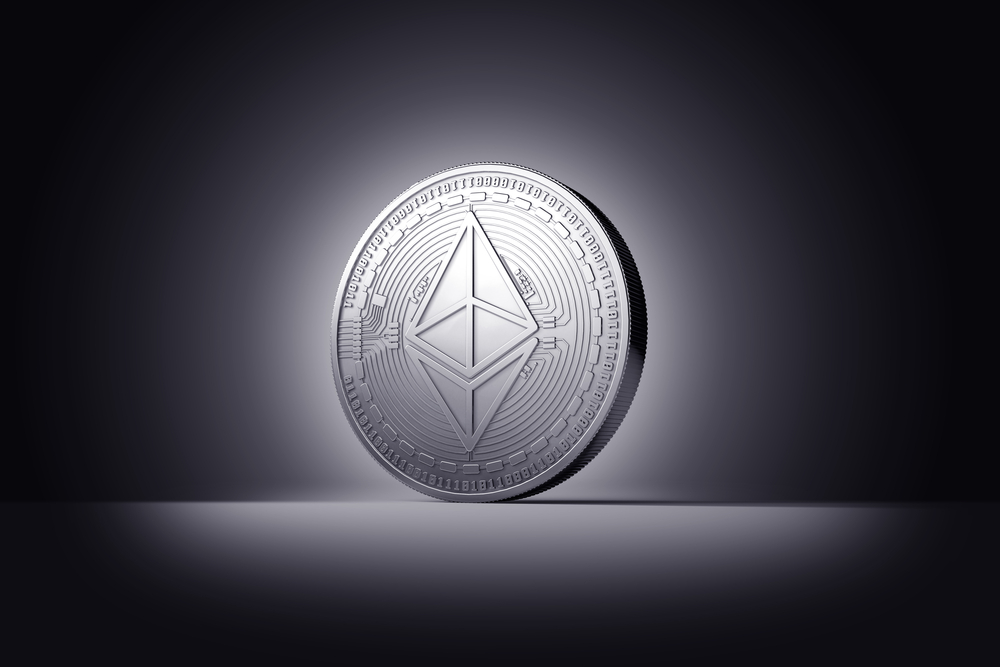ICO Tokens: Ethereum’s Killer App?

Based on the current trend of blockchain and the increasing demand for cryptoassets, it seems evident that Ethereum’s killer app has been its infrastructure for ICO tokens and the DAO.
Over the past year, blockchain projects and companies have raised successful early-stage funding through the usage of ICOs and Ethereum-based tokens. By distributing native tokens that are compatible with the Ethereum protocol, blockchain projects have raised tens of millions of dollars at significantly large valuations.
Analysts and experts believe that the ICO market is vastly overvalued and that it is transforming into a bubble. Every new investor is trying to participate in the next big ICO for short-term gains and profit. In theory, ICO is a phenomenal method of raising capital for any organization and company. It allows businesses to secure millions of dollars without the existence of intermediaries and mediators.
ICOs also grant anyone within the cryptocurrency community to invest in emerging blockchain projects without being an accredited and verified investor.
One issue with the current structure of ICOs is that it opens a small timeframe for investors to purchase Ethereum’s Ether token and use that to purchase the native tokens of ICOs. Since many popular ICOs end within a period of hours and there exists a confirmation time for the transaction, Ethereum co-founder Vitalik Buterin discovered that some users have started to pay a fee or gas worth thousands of dollars in order to secure ICO tokens.
Buterin said:
This is a $2,220 tx fee, used to cut in line in BAT ICO. ‘Ethereum average transaction fee $1’ statistics include stuff like this.
An investor who purchased $150,000 worth of BAT tokens included a $2,220 fee to ensure that he will be able to secure BAT tokens before others can. Such an irregular time frame has led to extreme situations for ICOs like BAT. Last week BAT raised $36 million in merely three blocks, in a matter of minutes. This irregularity caused the BAT tokens to become overvalued in comparison to its technology.
Earlier this month, a prominent bitcoin investor and trader WhalePanda stated that the overvaluation of ICOs was a major discussion point at the New York Consensus event. In particular, WhalePanda criticized Golem and Gnosis for raising tens of millions of dollars at a $300 million valuation without even presenting a technology that went past a beta testing phase. In fact, when Gnosis raised its funding round through an ICO, it didn’t conduct an alpha test of its prediction market platform.
“What I learned from the regulatory panel is that ICO’s which don’t have a working product on the launch, are basically scams and they will probably get in a lot of trouble at a later point,” said WhalePanda.
He further emphasized that Golem essentially presented a similar technology to Elastic but raised 700 bitcoins at a $400 million market cap but without a proper prototype and working platform.
“Take Golem for example $400 million+ market cap and not even a properly working product, just because it’s on Ethereum. Elastic for example is a similar project, they raised 700+ BTC in donations but they basically have a superior working product close to launch. Or just think about the Gnosis launch. ICO insanity has to end badly,” he added.
Recently, China’s central bank the People’s Bank of China announced that it plans to regulate the ICO market due to its exponential growth and the overvaluation of certain projects. Although the PBoC expressed its concerns over ICOs, it stated that Ethereum is going towards the right direction as a technology and a blockchain protocol.
Ethereum has finally found its killer application. Bitcoin’s killer app is a digital currency and digital gold. Ethereum’s killer app is its smart contract-based protocol which companies can use to raise money in a decentralized manner and set up decentralized organizations such as the DAO.
Featured image from Shutterstock.